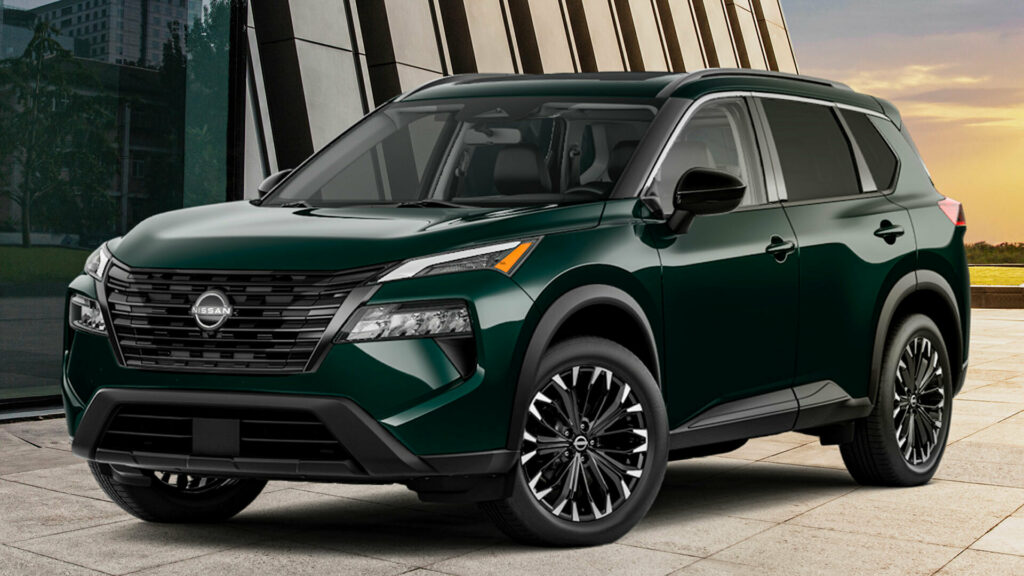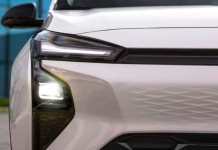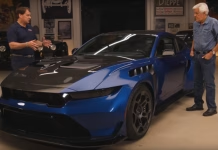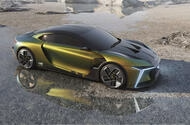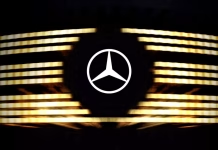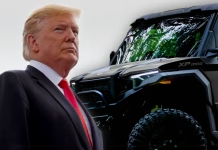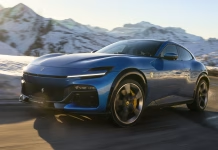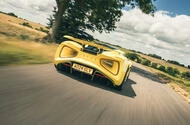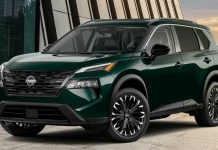EPA’s New Ruling Sparks Debate as Porsche and Aston Martin Navigate Tariffs
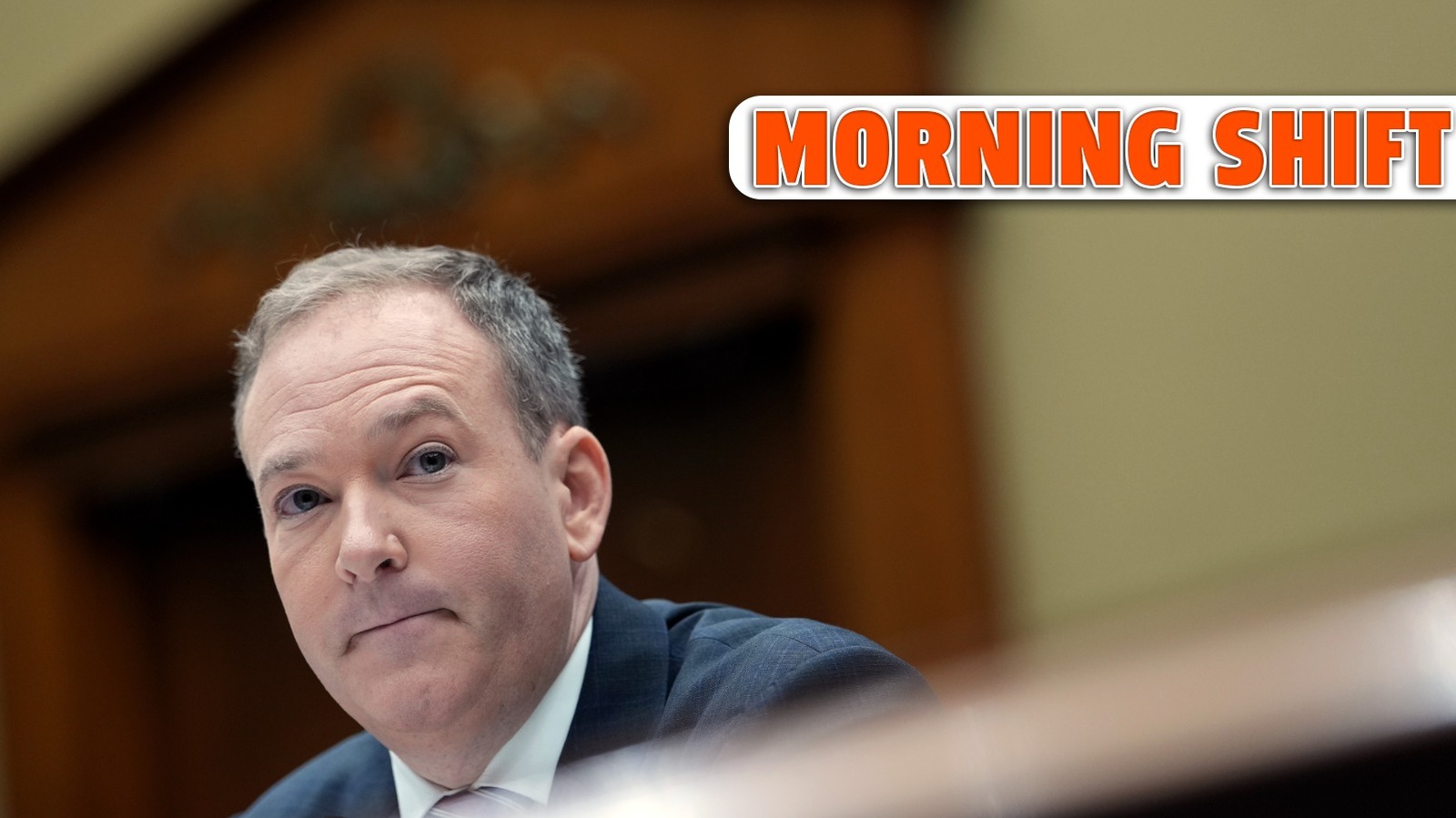
Chevrolet Bolt Returns for 2027 With Fresh Design, Affordable Tech, and Tesla Charging Access
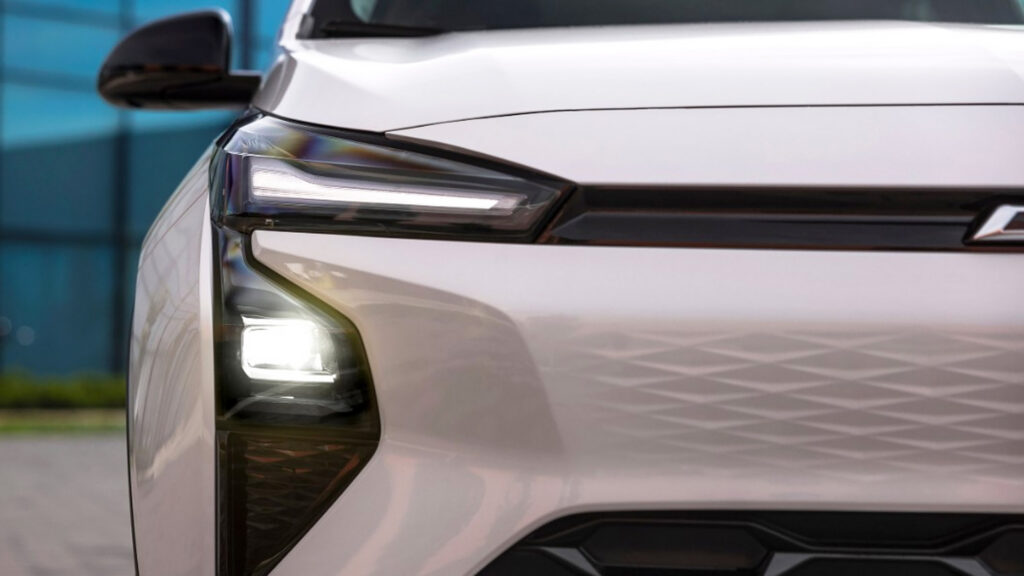
Jay Leno Receives Early Mustang GTD as Ford Launches New Era
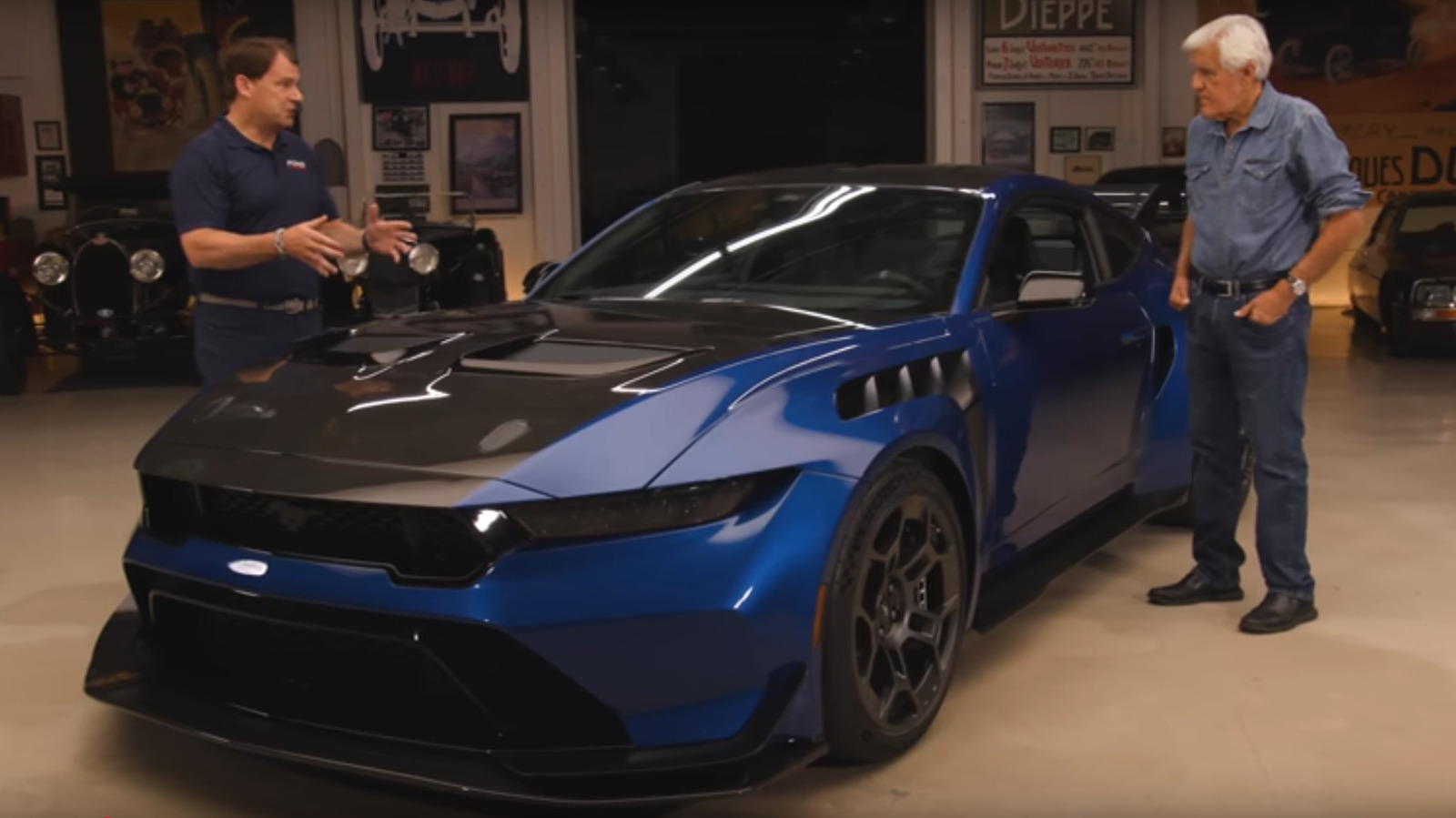
DS Plots Performance Flagship to Boost Premium Appeal and Attract Younger Drivers

DS E-Tense prototype of 2022 hinted at what a performance-oriented DS might look likeNew DS CEO admits addition of a performance flagship in the future could be good for business
DS has hinted at introducing performance-focused models in a bid to ramp up its premium credentials.
Despite racing in Formula E for more than a decade and creating some racy concept cars, DS has yet to develop a fully fledged performance model.
However, speaking at the recent London ePrix, new CEO Xavier Peugeot told Autocar he was thinking about bringing the idea to fruition.
“There is no closed debate, so why not?” he said. “It might be consistent for us to think about even more powerful versions of our models, of our engines, that would align with our commitment in Formula E.”
“I believe today that being committed to racing cars is important for DS. It brings dynamism, it brings energy, it brings the capacity to stimulate road cars, capacity to stimulate engineers, capacity to get the benefit of the evolutionary technology in our everyday cars and therefore to have real competitive advantages.”
The company has previously hinted at the potential for a dedicated performance car with its 805bhp E-Tense concept in 2022.
Speaking more broadly, he said that another advantage of DS being in Formula E is that the series “continues to fascinate younger audiences” and so opens the brand up to a younger demographic.
“It's coherent with our electric messages,” he added. “There are lots of benefits. To me, the keyword is 'acceleration'. It accelerates everything.”
Peugeot acknowledged that DS's aim for youth could be supported by the addition of a performance flagship in the future.
DS, now 11 years old, had been light on new products until earlier this year, when the new No8 flagship was launched and the DS 4 was heavily updated (and renamed No4).
No sales volume targets have been set for the No8, said Peugeot, arguing that volumes weren't the only metric for success.
“Our positioning is a premium one,” said Peugeot. “The German brands have been established for years, for decades, even in the case of BMW, Audi and Mercedes. But we also see that there are new players coming up. We see Polestar, we see this kind of new brand, which just reinforces the fact that premium in Europe is a key lever.
“The premium market is a quarter of the sales volumes [in the European market] but it makes up 40% of the profits. It’s relevant for a group like ours [Stellantis] to have a premium brand like DS.”
In June, design director Thierry Métroz claimed DS would aim even higher in the future, mentioning Rolls-Royce and Bentley levels of quality. But Peugeot quashed these ideas, saying that while inspiration could be drawn from those ultra-luxury brands, “our position is a premium one”.
Mercedes Unveils Next-Gen GLC Electric SUV With Striking Design and Ultra-Fast Charging

Lotus Evija Shatters Speed Records with Blistering 0 to 217mph Acceleration
 Watch our video on what is one of the fastest electric cars in the world - it reaches 200mph 10 seconds quicker than a Bugatti Veyron Super Sport
Watch our video on what is one of the fastest electric cars in the world - it reaches 200mph 10 seconds quicker than a Bugatti Veyron Super Sport
This is the Lotus Evija and in the near 100 years that Autocar has been fixing timing gear to cars to see how fast they’ll go, no car has ever accelerated as quickly as this. Lotus’s £2m, 2013bhp electric hypercar is astonishingly fast.
Unlike most EVs, which accelerate quickly from rest and then run out of puff, once the Evija gets going, it just keeps going. And going. How fast? It reaches 200mph almost ten seconds quicker than a Bugatti Veyron Super Sport. It takes less than half the time of a McLaren F1. Over a standing kilometre, where the incredibly rapid Lamborghini Revuelto will reach 186mph, the Evija reaches its top speed ... of 217mph.
What does this acceleration look and feel like? And, once you get your head around the acceleration, just what is this hypercar like to drive? Join Matt Prior at Lotus’s test track for the answers in our video by clicking above.
Inside Trump’s Armored Golf Cart: The Secret Service’s High-Tech ‘Golf Force One’ Unveiled
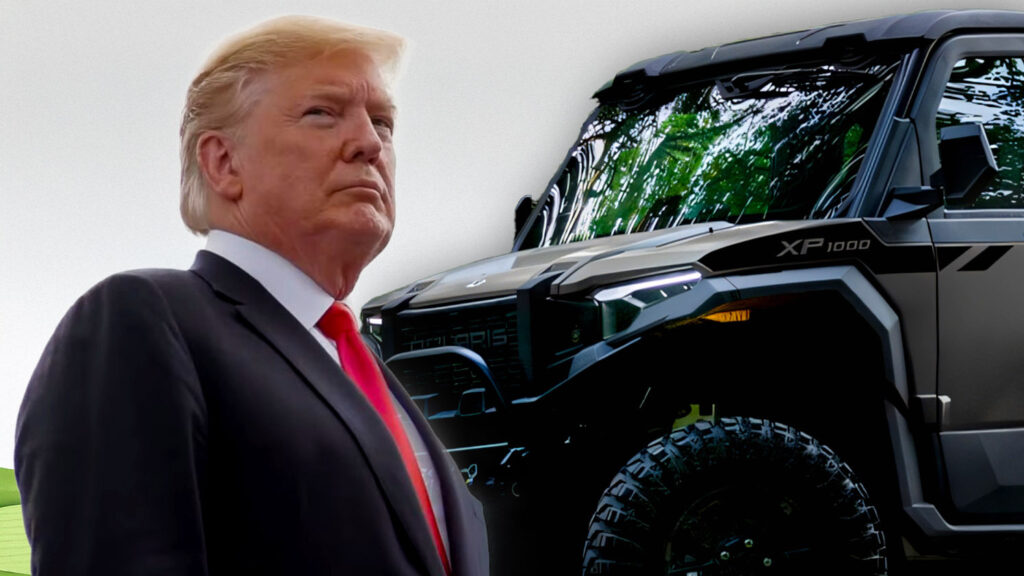
Ferrari Recalls Purosangue SUVs Over Potential Brake Failure Risk
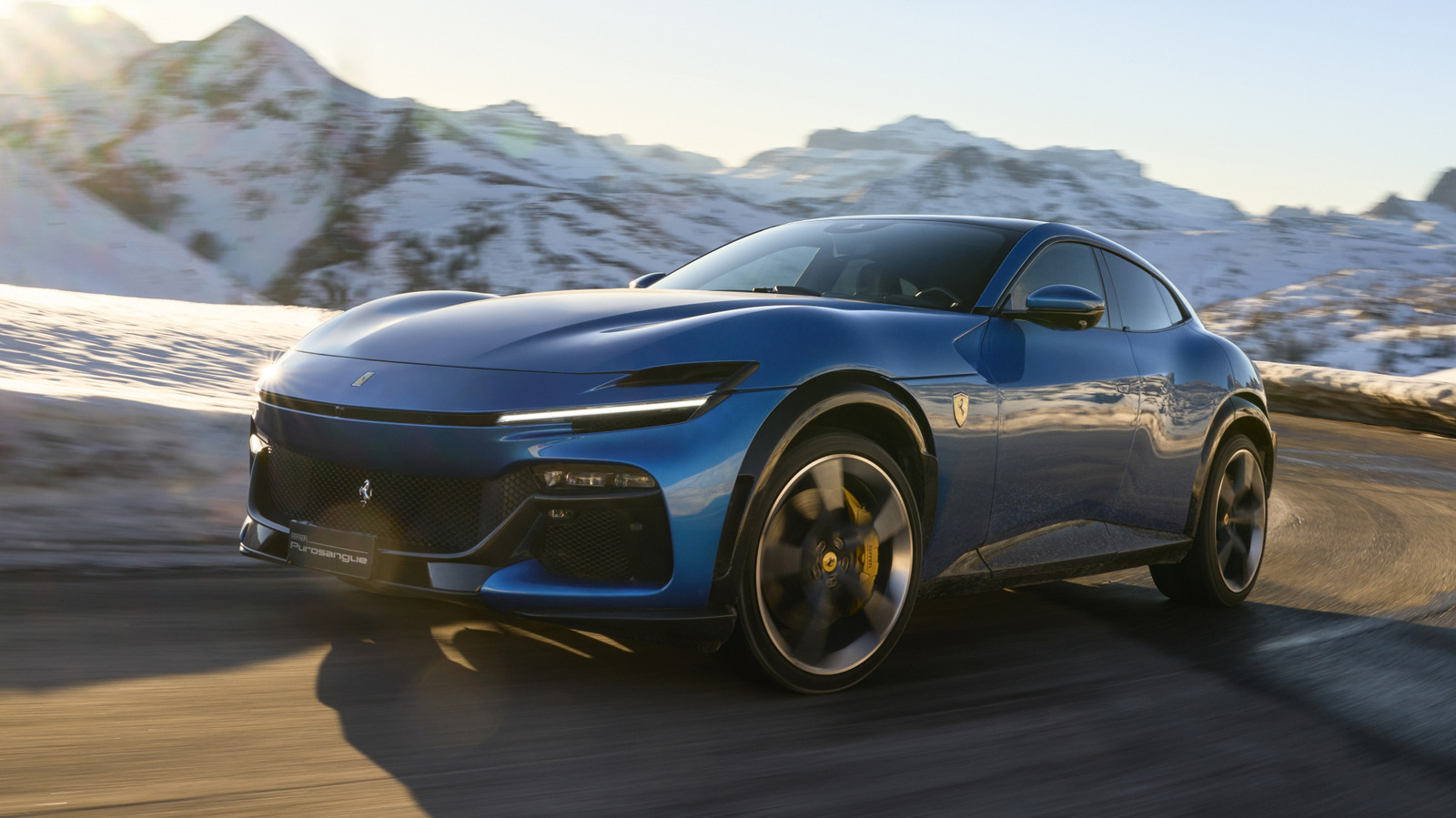
Lotus Evija Redefines Speed Records as the Fastest Accelerating Road Car Ever Tested
 Bonkers new Lotus has broken our 0-200mph benchmark - but not others
Bonkers new Lotus has broken our 0-200mph benchmark - but not others
The Autocar Road Test first appeared in print in April 1928. Since then, thousands of cars have been given the treatment.
Our testing methods have developed over time, but our results with accompanying empirical testing, have remained rigorous and fiercely independent.
The £2million, 2013bhp Lotus Evija hypercar has smashed several records, cutting our established 0-200mph benchmark by a massive 40 per cent.
Its superiority is not as broad as you might think, though. As monumental as the Lotus is, it doesn’t actually take the crown of our 0-60mph test or 0-100mph test. Intrigued? Keep scrolling to discover the fastest accelerating cars to ever hit our timing gear.
Autocar’s landmark ten-page road test of the £2mil, 2013bhp Evija is in the 30th July print issue of Autocar, on newsagents’ shelves today, which is also available in digital form here.
0-60mph
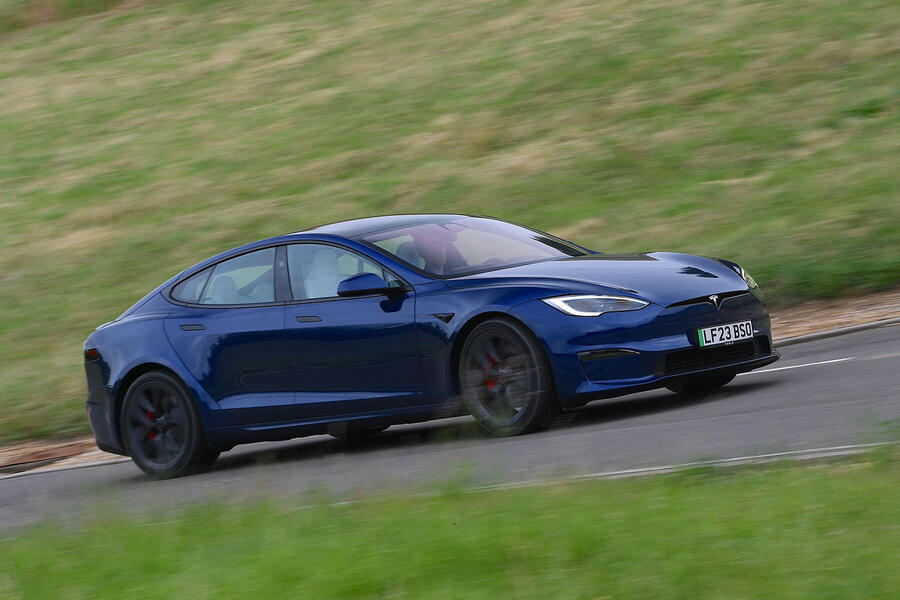
1. Tesla Model S Plaid (2023) - 2.4sec
=2. Ferrari SF90 Stradale (2021) - 2.5sec
=2. Porsche 911 Turbo S (2022) - 2.5sec
=2. Lamborghini Revuelto (2024) - 2.5sec
=5. Bugatti Veyron Super Sport (2011) - 2.6sec
=5. Porsche 918 Spyder (2014) - 2.6sec
=5. Porsche Taycan Turbo S (2024) - 2.6sec
0-100mph
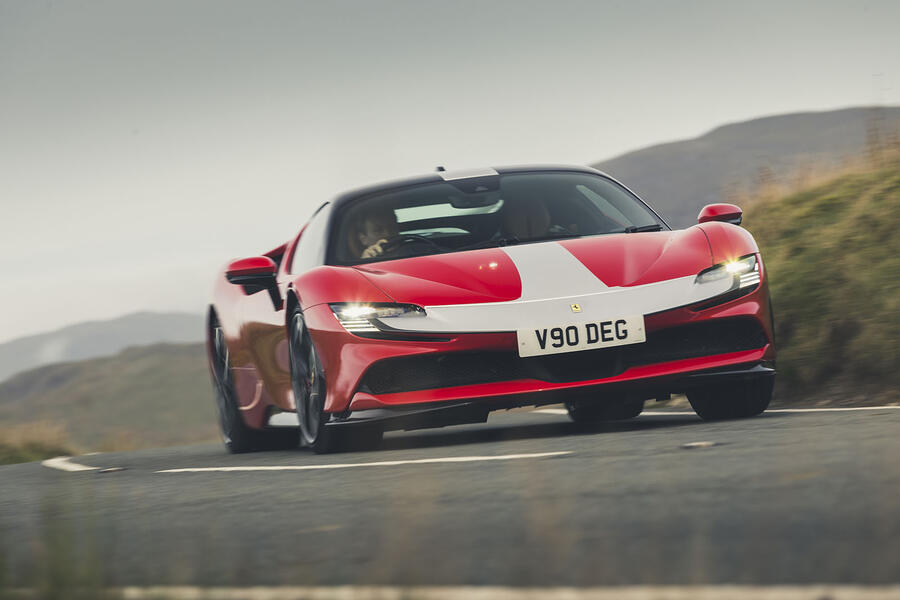
1. Tesla Model S Plaid (2023) - 4.6sec
=2. Ferrari SF90 Stradale (2021) - 4.8sec
=2. Lamborghini Revuelto (2024) - 4.8sec
=2. Lotus Evija (2025) - 4.8sec
5. Bugatti Veyron Super Sport (2011) - 5.0sec
0-150mph
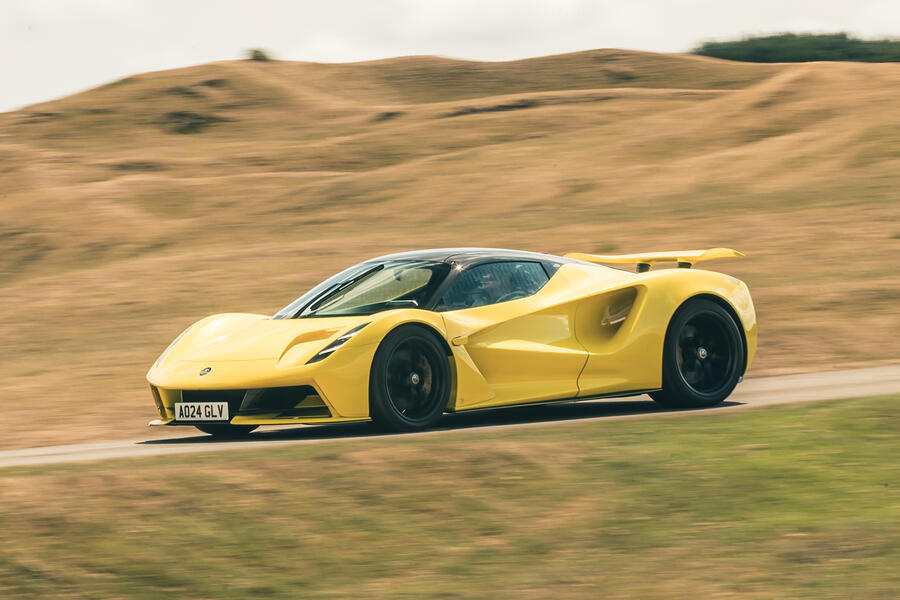
1. Lotus Evija (2025) - 7.7sec
2. Tesla Model S Plaid (2023) - 9.4sec
3. Lamborghini Revuelto (2024) - 10.0sec
4. Bugatti Veyron Super Sport (2011) - 10.2sec
5. Ferrari SF90 Stradale (2021) - 10.4sec
0-200mph

1. Lotus Evija (2025) - 13.0sec
2. Bugatti Veyron Super Sport (2011) - 22.2sec
3. McLaren F1 (1994) - 28.0sec
Standing 1.4mile

1. Lotus Evija (2025) - 9.5sec at 171.6mph
2. Tesla Model S Plaid (2023) - 9.6sec at 152.1mph
3. Lamborghini Revuelto (2024) - 9.9sec at 149.3mph
4. Ferrari SF90 Stradale (2021) - 9.9sec at 146.8mph
5. Bugatti Veyron Super Sport (2011) - 10.1sec at 147.9mph
Standing km
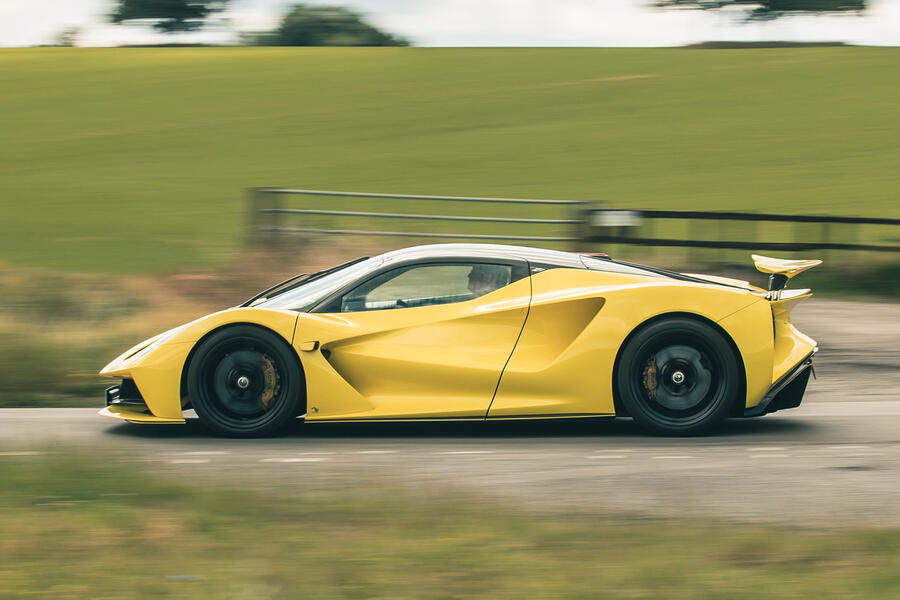
1. Lotus Evija (2025) - 16.2sec at 217.4mph
2. Lamborghini Revuelto (2024) - 17.7sec at 186.6mph
3. Ferrari SF90 Stradale (2021) - 17.9sec at 184.2mph
4. Tesla Model S Plaid (2023) - 17.9sec at 158.5mph
5. Bugatti Veyron Super Sport (2011) - 18.0sec at 183.4mph
2026 Nissan Rogue Unveils Bold Dark Armor Edition With Sleek Upgrades and New Features
